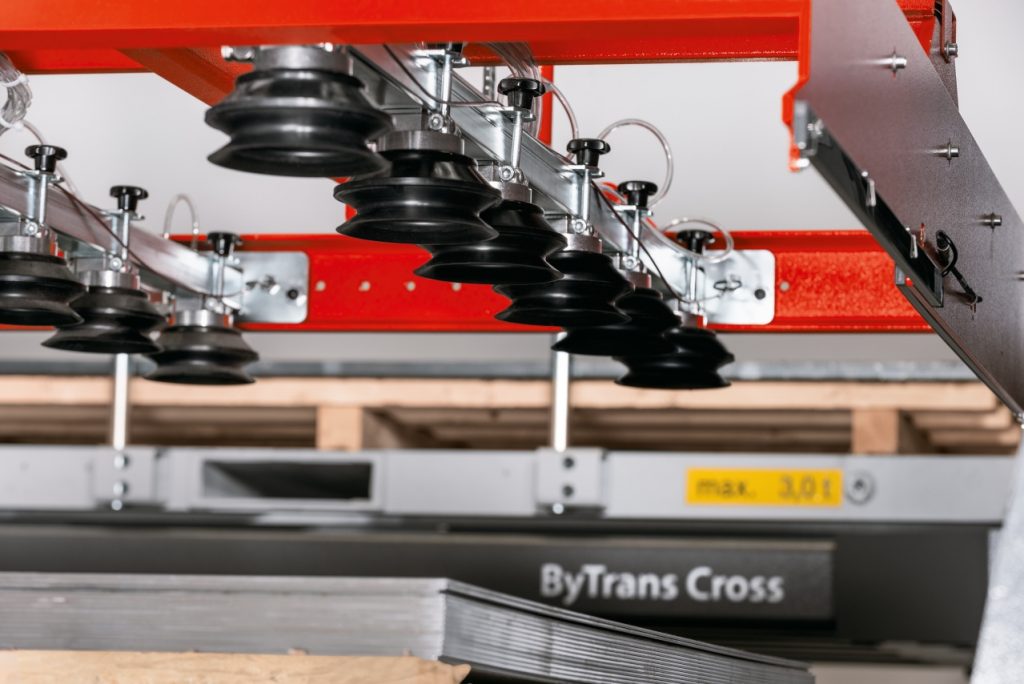
Automation provides the competitive edge that provides companies with increased efficiency and throughput. It helps maintain margins in the wake of increased competition.
If you are not currently using automation in your fabricating process, a more detailed analysis should be made of how automation can help to drive higher revenue through increased efficiency and throughput. Adding automation can provide, on average, 30% greater efficiency by maintaining a consistent pace of production and eliminating process variability. However, automation is not just a consideration for the handling of materials; software automation is also a major consideration when looking at the entire fabrication process.
Analyzing the front-end process
Prior to investing in automation, a thorough and exhaustive analysis of the total cycle time must be conducted at each stage of the order process to see where the opportunities are to automate or streamline the process.
- How long does it take to enter the order into the Company’s ERP or production planning system once it is received?
- How long does it take for the Bill of Materials (BOM) to be created and production planned?
- Is software automation producing the programs for the machines?
- How long before engineering and programming are able to supply the machine programs?
- How long before raw materials are allocated to the order? Are the materials at the ready?
- What are the bottlenecks and what can be done to streamline the front-end process?
- How much of the process is paper-based and how can the process be streamlined by going fully digital?
Maintaining machine cycle times
New machines continue to push productivity levels, requiring even faster material handling than ever before to keep pace. Investing in faster machines is not cost-effective when the machines are not supported with timely material loading and unloading capabilities. In order to maintain a consistent pace of production, it is critical to have some form of material automation. Operators can be very efficient at the loading and unloading process; however, there will be situations where the machine will not have the necessary raw material in a timely manner. This may be due to a variety of factors. For example, breaks, lavatory time, mealtime, shift changes, meetings, and possibly at some point, operator fatigue.
When transmitting the order to the machine, the materials need to be readily available. While the machine is processing the first sheet, the automation readies the next sheet for processing. Once the material is processed, the automation unloads the finished products while the machine processes the next sheet. In this example, the only non-productive manufacturing time should be the cycle from the end of one sheet to the beginning of the next. The benefits of automation are the consistency in maintaining machine cycle times and the reduction of non-productive waiting times.
Without presenting material to the machines in a timely manner, the machines sit idle. For this reason, materials need to be at the ready, preferably being delivered through an automated material tower or automated warehousing system. Maintaining material inventory is also critical. Any delays in waiting for materials adds to the total turnaround time of the job. Remember that automated systems can also help your machines run unattended in off-shifts. This helps justify the investment with additional revenue generated from increased part volumes.
Final Analysis
Only after an exhaustive analysis of the non-productive times can an assessment of the true impact of investing in automation be made. More than likely you will determine that automation is worth the investment. Increasing efficiency, throughput, and revenues are just some of the tangible benefits. Customer satisfaction as a result of better deliveries and faster turnaround times is a competitive differentiator. This will more than likely be the source of additional revenue in the future as well.
By Frank Arteaga, Head of Product Marketing, NAFTA Region
Bystronic Inc., Elgin, IL – Voice.bystronic@bystronic.com
